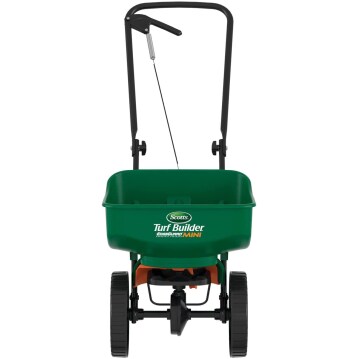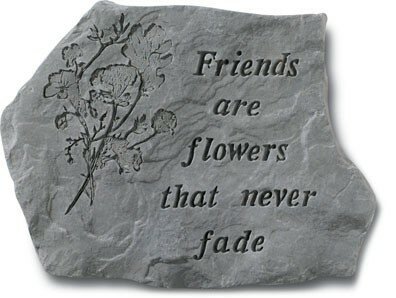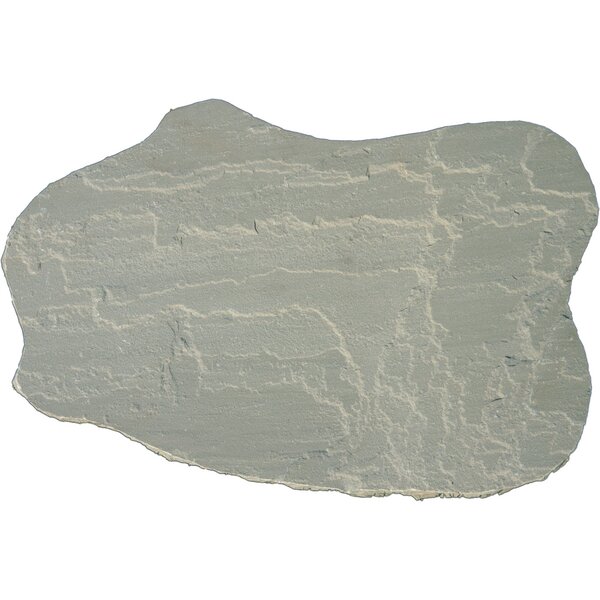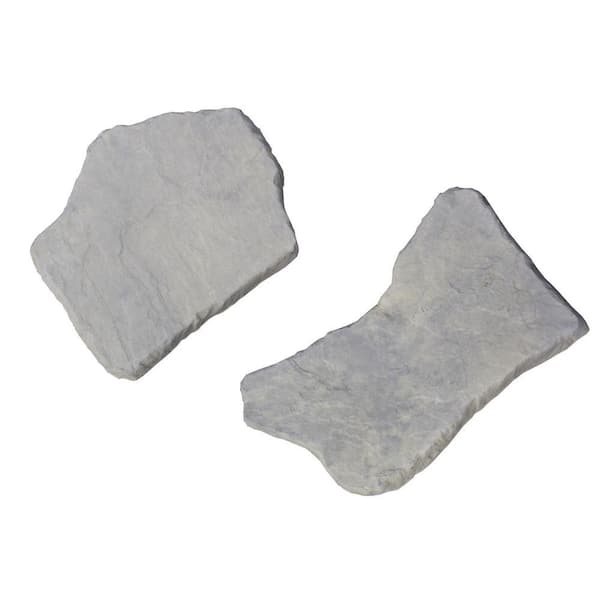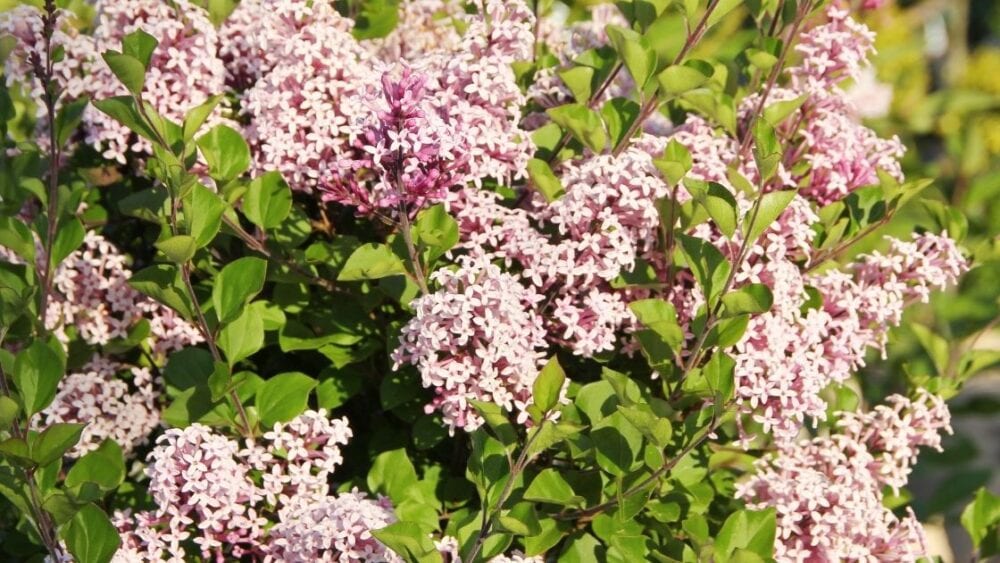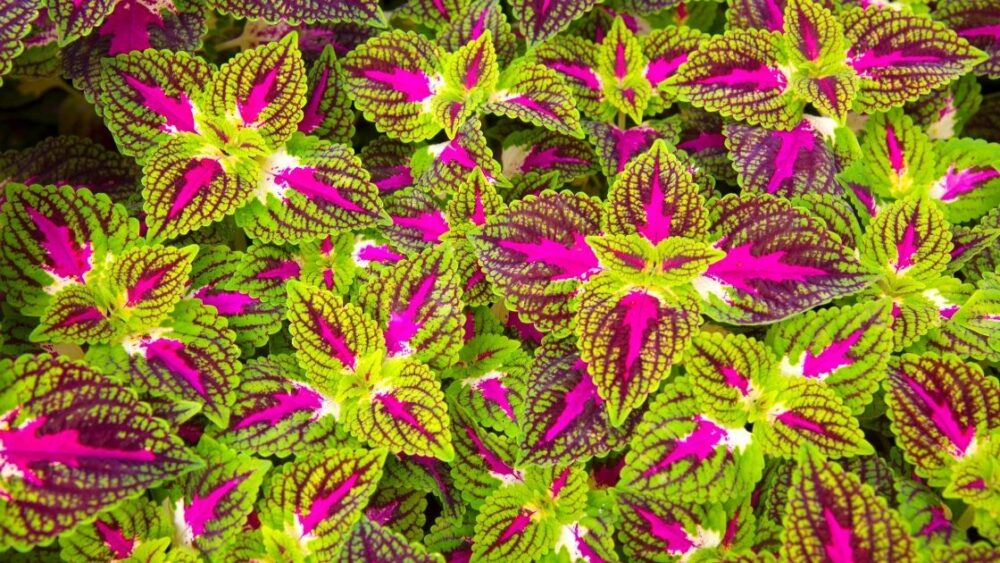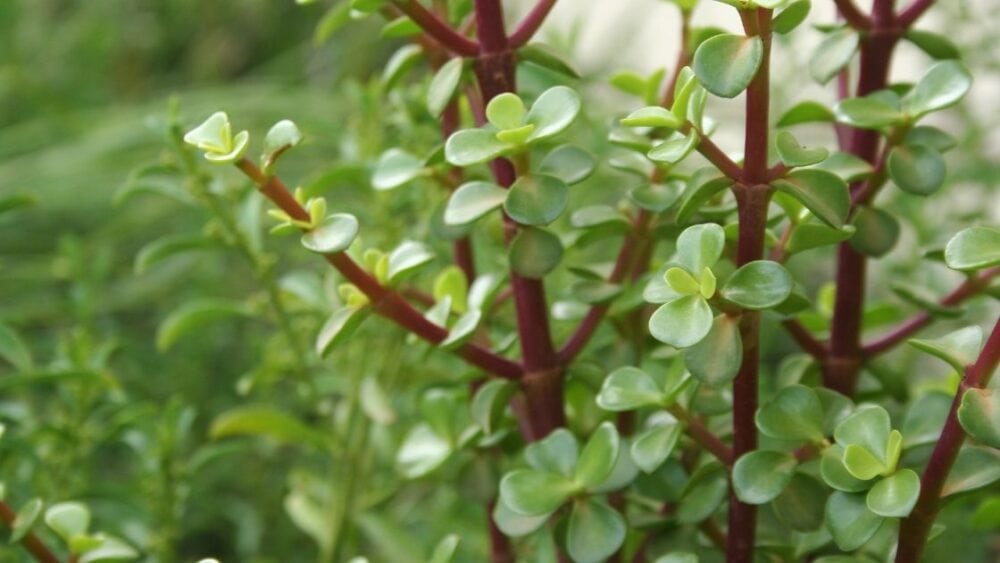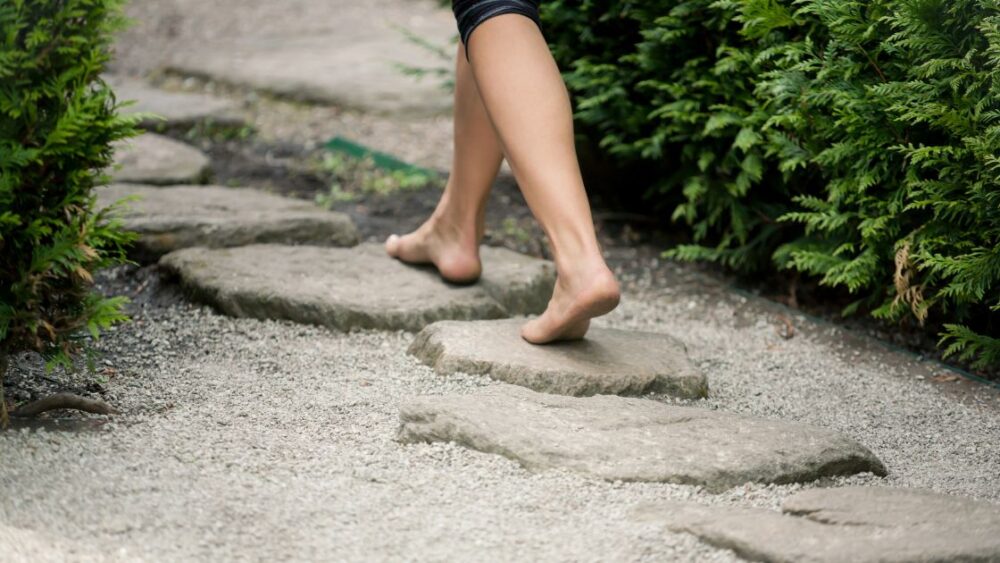
Decorative garden stepping stones have long been cherished for their ability to add both functionality and visual appeal to outdoor spaces. These ornamental pieces have a rich history, symbolizing tradition, beauty, and practicality. However, in recent years, there’s been a noticeable shift in garden design trends, leading to the decline in the popularity of decorative garden stepping stones. In this article, we will explore the reasons behind this transformation and how new design principles, environmental consciousness, and technology have impacted the way we view these garden features.
The Historical Significance of Decorative Garden Stepping Stones
Garden stepping stones have played a significant role in garden design for centuries. They were originally used for functional purposes, creating pathways to navigate gardens without trampling on delicate plants. These stones also held cultural significance, often marking symbolic spaces within a garden.
In the modern era, they have continued to add charm to outdoor spaces, reflecting a connection to the past. However, it’s crucial to understand their historical context to appreciate why their popularity has waned.
Browse our Affiliate Products
Factors Contributing to the Decline in Popularity
Changing Garden Design Trends
One of the primary factors behind the fading popularity of decorative garden stepping stones is the evolving landscape of garden design. Many contemporary garden designers are leaning towards minimalist, low-maintenance landscaping. This approach emphasizes simplicity, clean lines, and open spaces. In such designs, decorative stepping stones may seem out of place, as they can create a cluttered or ornate look.
Moreover, modern garden designs often prioritize eco-friendly and sustainable landscaping, where every element should serve a purpose. This has led to a shift away from ornamental features like decorative stepping stones.
Maintenance Challenges
Decorative garden stepping stones, though beautiful, require a fair amount of maintenance to keep them looking their best. Weeding and moss growth can be persistent issues. Moss-covered stones can indeed add an enchanting, aged look to the garden, but they also demand regular care to prevent them from becoming overgrown.
Cleaning and repair requirements can also be time-consuming, especially in harsh climates where weather and wear can take a toll on these stones. This maintenance aspect has led many homeowners and garden enthusiasts to seek alternatives that are easier to care for.
Functional Alternatives
As garden design evolves, so do the materials and options available for creating pathways and defining garden spaces. Gravel paths and mulch are gaining favor for their low-maintenance qualities. These alternatives not only offer a clean and tidy look but are also much easier to maintain. Paver stones and concrete pathways are other functional alternatives that can provide a more contemporary and structured appearance.
Check out these affiliate stepping stone products below:
The Role of Technology and Innovation
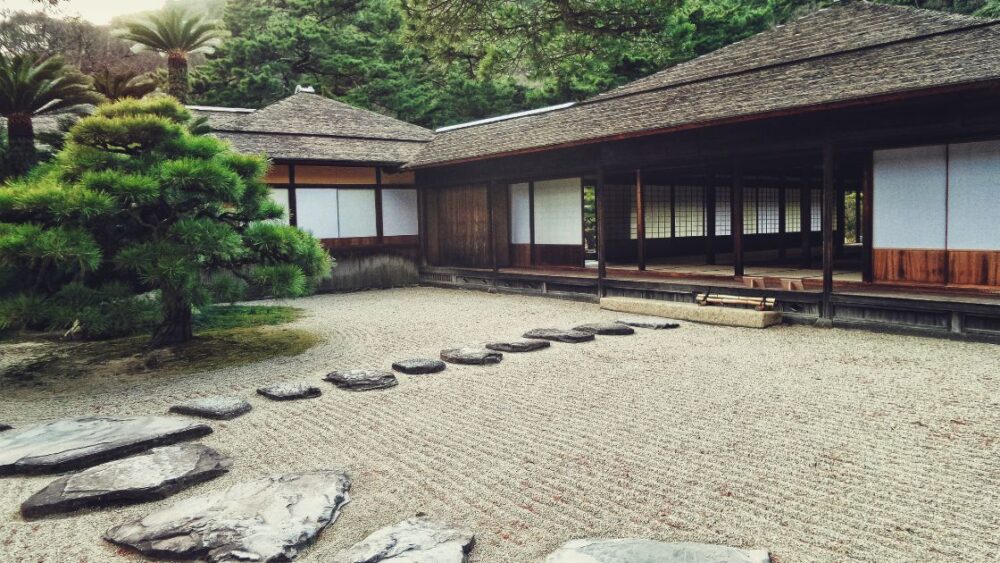
In today’s digital age, technology and innovation play a pivotal role in influencing garden design decisions. Modern landscaping materials and techniques have expanded the possibilities for garden designs, giving garden enthusiasts more options than ever before. For instance, there are now eco-friendly, porous pavers that allow water to penetrate, reducing runoff and promoting sustainable landscaping.
Digital garden planning tools have also become increasingly popular. These tools help homeowners and landscape professionals visualize and experiment with different garden layouts, ensuring that every element of the design serves a purpose. In such cases, the use of decorative garden stepping stones may not align with the overall design vision.
Nostalgia and Revival
Despite the decline in popularity, decorative garden stepping stones have not disappeared entirely. There is a growing trend of nostalgia and revival in garden design, with many enthusiasts seeking to recreate traditional garden aesthetics.
Some homeowners are rediscovering the charm of decorative stepping stones and using them to create vintage and retro-themed gardens. The appeal of these classic garden features, with their intricate patterns and whimsical designs, remains strong for those who want to capture the essence of a bygone era in their outdoor spaces.
Environmental Considerations
Sustainability in Landscaping Choices
In an era of heightened environmental consciousness, sustainability is a driving force behind landscaping choices. Decorative garden stepping stones, often made from non-renewable resources like natural stone or concrete, may not align with the principles of sustainability and eco-friendliness. As a result, many garden enthusiasts are seeking greener alternatives.
Eco-Friendly Alternatives
With the focus on sustainability and biodiversity in garden design, there’s an increased demand for eco-friendly alternatives to traditional stepping stones. Some gardeners are using materials like recycled glass, permeable pavers, or reclaimed bricks to create pathways. These alternatives allow water to permeate the ground, reduce runoff, and provide habitat for beneficial insects.
Conclusion
In the ever-evolving world of garden design, decorative garden stepping stones have seen a decline in popularity. The shift towards minimalist, eco-friendly, and technology-driven designs has affected the way we view these ornamental elements. However, it’s essential to recognize that they still hold a special place in the hearts of those who appreciate their historical significance and aesthetic charm.
As we consider the factors contributing to the decline in popularity, it’s clear that the choice of garden stepping stones is not merely a matter of style but a reflection of the values and priorities of garden enthusiasts. Balancing aesthetics, functionality, and environmental impact in landscaping choices is crucial to creating a garden that resonates with both the past and the present. While decorative garden stepping stones may not be as prevalent as they once were, their enduring appeal ensures they will never go entirely out of style.


